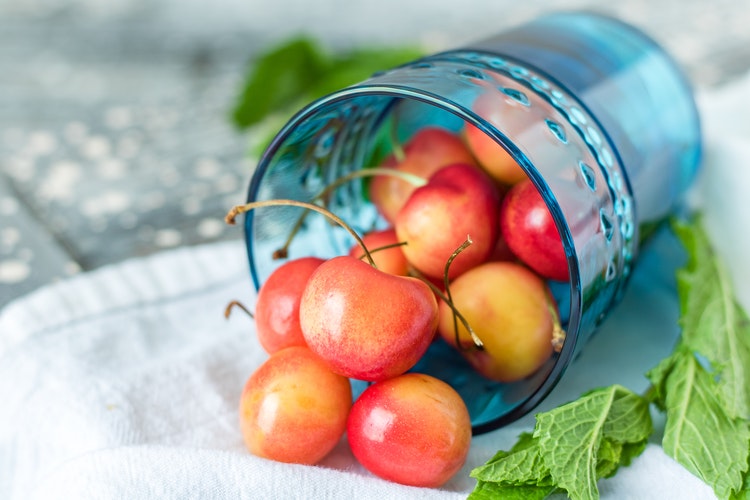The feasibility of freezing raw fruit and vegetables has been debated for decades. While many people praise the fact that freezing stops the rotting process in its tracks, others are concerned that the produce loses most of its nutritional value during freezing. A recent study conducted at the University of California, which compared the nutrients in 8 different fruits and vegetables, found no consistent differences between frozen and fresh produce. Furthermore, research from the University of Georgia discovered that frozen fruit and veg is equally as nutritious as fresh produce with some nutrients, such as vitamin A, is retained better when frozen. These findings open up a whole new world of possibilities for followers of the Raw Food Diet that dates back to the 1800s.
Benefits of freezing your fresh fruit and veg
Freezing generally helps to retain the nutritional content of vegetables and fruit. The only time significant nutrient loss occurs during freezing is when the produce is either blanched before freezing (which is of no relevance to followers of the Raw Food diet) and if it is stored in a freezer for more than a year. Freezing keeps the nutrients in most fresh produce complete as opposed to it losing nutrients rather rapidly sitting in the grocery store or in your fridge at home for days. If you have a large, reliable freezer you can easily stock up on seasonal fruit and veg, saving you time, money and providing you with access to produce that is only readily available at certain times of the year.
Some produce freeze better than others
While it has been established with no uncertainty that freezing certain produce can be beneficial if you follow the Raw Food Diet, it is important to understand that it is not always practical (and possible) to freeze your favourite fresh ingredients. A few basic guidelines will help you establish what to freeze and what to rather use fresh from the garden (or grocery store).
Herbs & tomatoes
Herbs are some of the easiest items to freeze. You simply chop them up, place them in ice cube trays, cover with a bit of water, and pop in the freezer. Once frozen, remove from the tray and store in a clearly-marked plastic bag. When needed, allow to thaw or pop the entire ice cube into you blender when making a soup or smoothie. Tomatoes can be frozen in a similar fashion. First blend to a pulp, and then either pour into bags or freezer-proof containers for freezing, or into your trusted ice tray for smaller portions.
Spinach, kale and beans
Some of our favourite greens are also among the easiest vegetables to freeze. They simply need to be rinsed well to remove any impurities, gently patted dry and sealed in an airtight bag before freezing. Bell peppers, peas and chillies can be frozen in the same way although chillies can also be blended into a paste first before popping it into the freezer.
Watermelon, berries and citrus fruit
Although frozen fruit won’t quite retain their original texture once thawed, it does not make them any less nutritious. Freezing cubes of cantaloupe or watermelon, as well as orange, lime and lemon segments, make them perfect to pop into the blender together with your frozen leafy greens for a delicious and nutritious smoothie. Berries are just as easy to freeze, they just need to be rinsed, allowed to dry and popped into a bag or airtight container.
Although fresh is always best as far as fruit and vegetables are concerned, our busy lives sometimes necessitate us to find hacks that will save us some valuable times (and money). If the basic freezing guidelines are adhered to there is no reason why you cannot incorporate frozen produce into your Raw Food Diet.

Leave a Reply